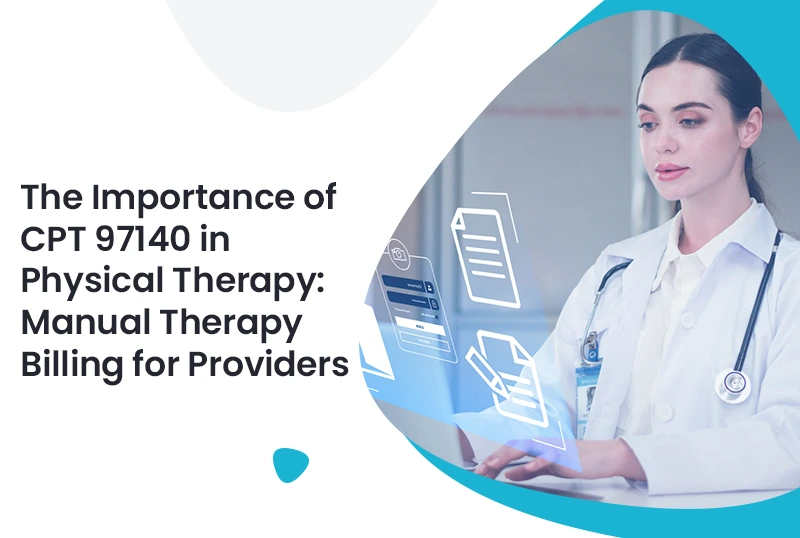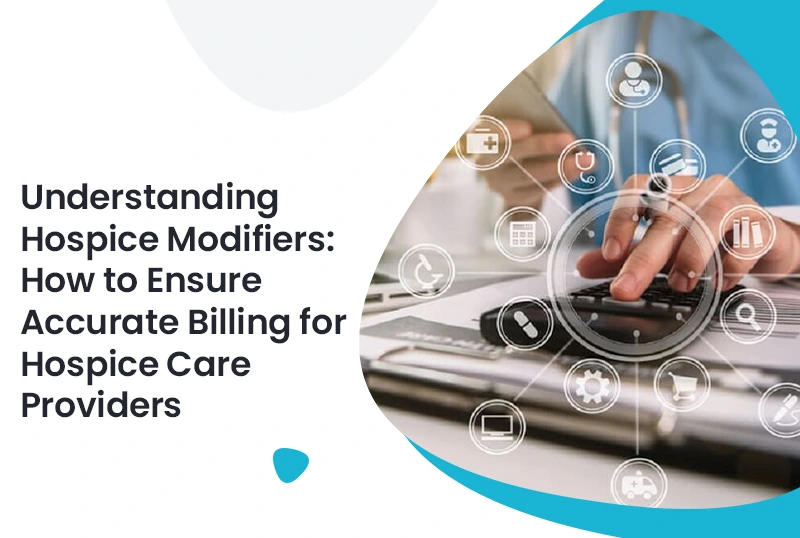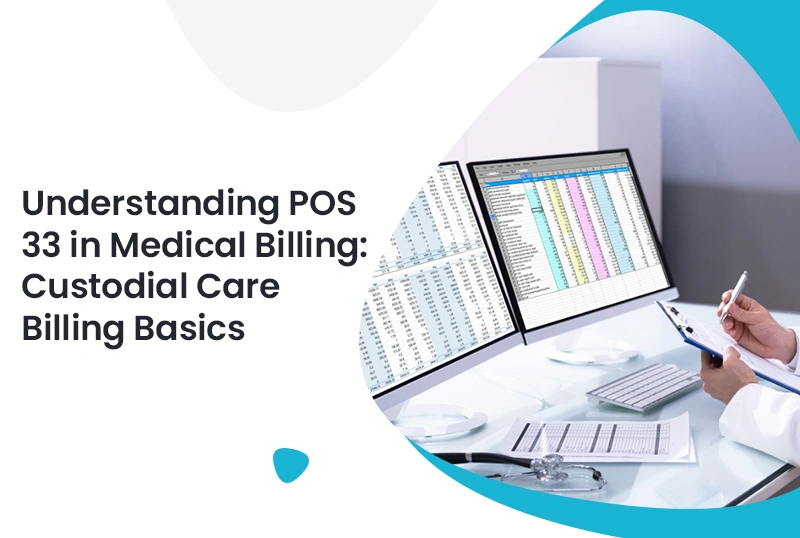The GW Modifier: Why It’s Crucial for Your Hospice Services and Billing
For medical practitioners involved in hospice care, accurate billing is key to ensuring timely reimbursements…
The Importance of CPT 97140 in Physical Therapy: Manual Therapy Billing for Providers
In physical therapy practices, efficient billing and accurate coding are critical not only for proper…
HOPD and Physical Therapy Billing Outpatient Services Correctly
Accurate billing is crucial for sustaining a healthy revenue stream and avoiding claim denials for…
Understanding Hospice Modifiers: How to Ensure Accurate Billing for Hospice Care Providers
In the specialized realm of hospice care, billing accuracy is more than a compliance necessity—it’s…
CPT Code 92507: When and How to Use It for Speech Therapy Services
Our speech therapy teams deliver accurate claims and clinical excellence in every evaluation. We leverage…
Understanding POS 33 in Medical Billing: Custodial Care Billing Basics
POS 33 is an important code used to identify custodial care services provided in long-term…

BEST MEDICAL BILLING COMPANIES FOR HEALTHCARE GROWTH
October 23, 2025Healthcare providers rely on steady, timely payments to keep their…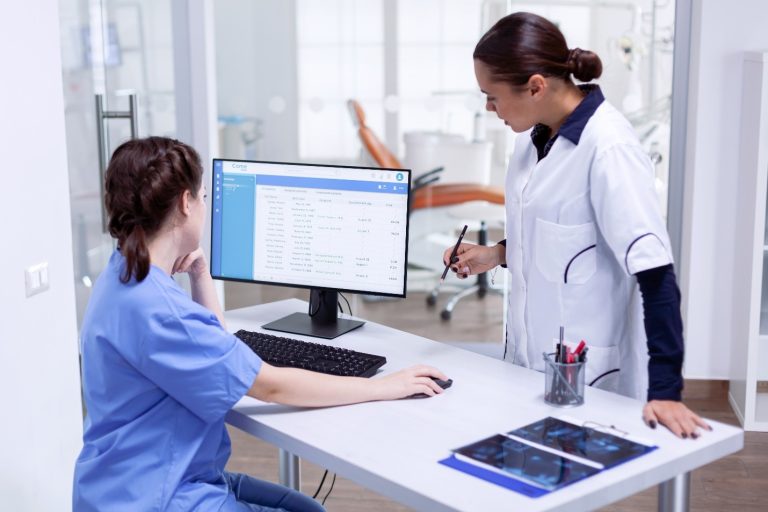
TOP STRATEGIES TO MANAGE AR IN MEDICAL BILLING
October 16, 2025AR in medical billing refers to the total amount that…What is the CO 4 Denial Code in Medical Billing? Causes, Resolution, and Prevention
July 21, 2025The CO 4 denial code means a healthcare claim was…Understanding CO 97 Denial Code: Common Causes and How to Resolve It
July 18, 2025The CO 97 denial code is used in medical billing…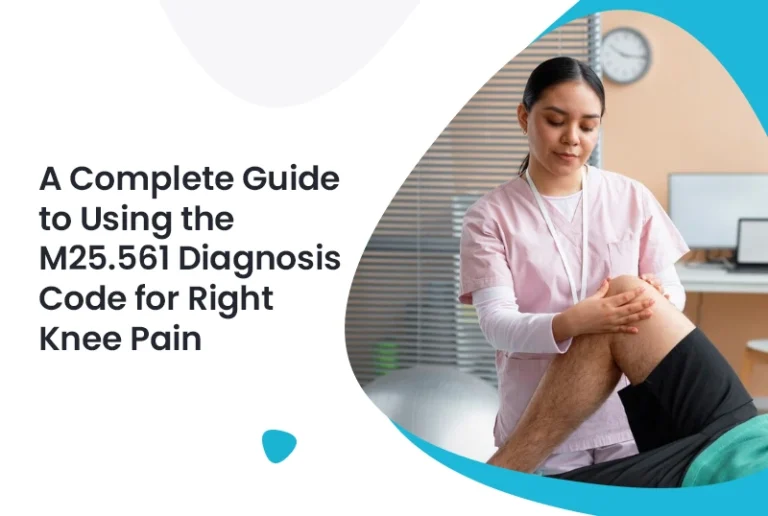
A Complete Guide to Using the M25.561 Diagnosis Code for Right Knee Pain
July 17, 2025Are you confident in your practice’s use of the M25.561…
E66.01 Diagnosis Code: Understanding Morbid Obesity and Its Impact on Health
July 14, 2025The E66.01 diagnosis code is a significant classification within the…




